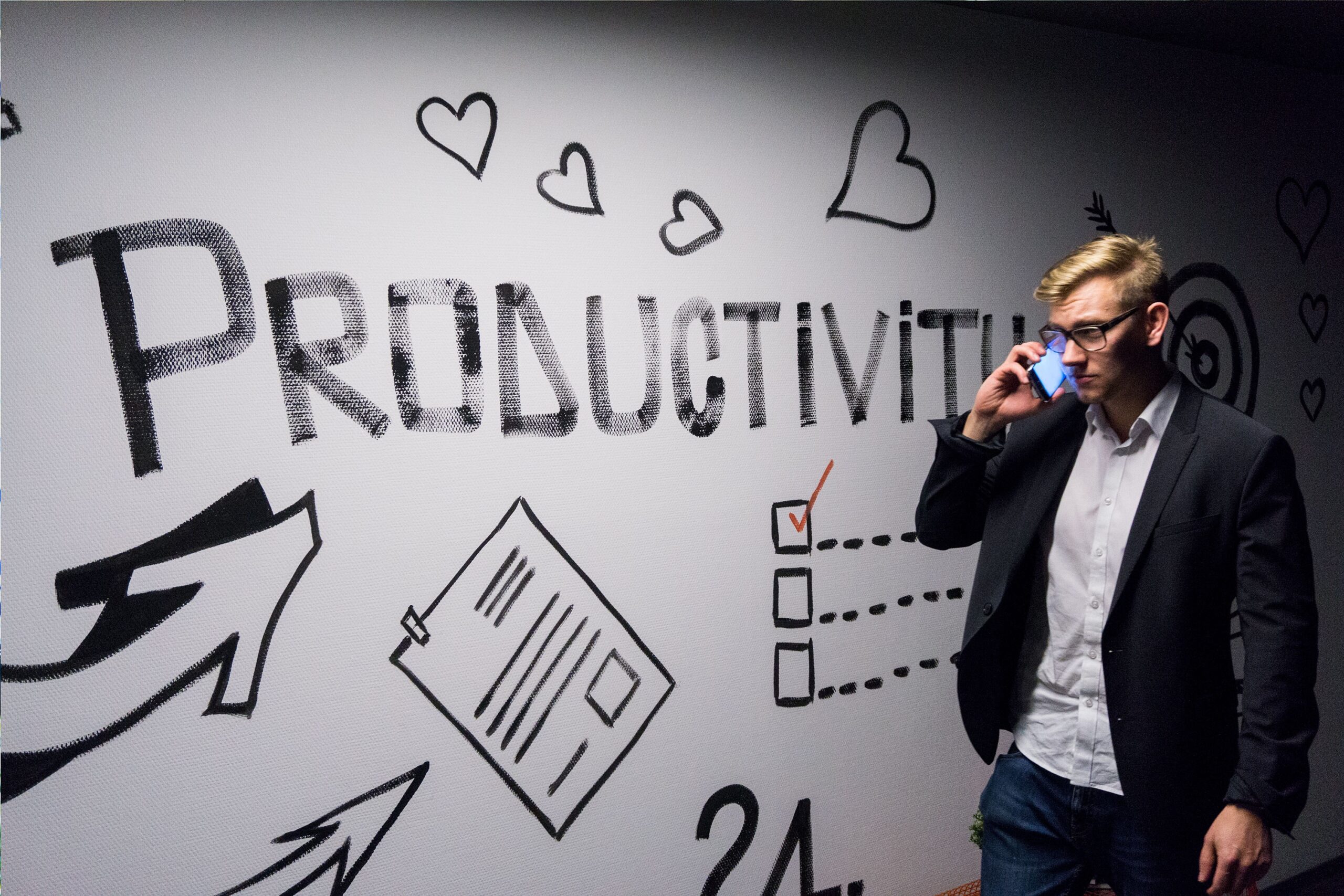Over the years I have worked with a number of creative teams in a variety of sectors ranging from R&D teams in pharma, marketing departments in finance and hospitality, to corporate identity organisations, and then of course to startup entrepreneurs and founders.
Reflecting on these experiences and the individuals I have worked with, I’ve observed the following characteristics:
- Individual creatives delight in exploring options, which often results in meetings being unstructured and sometimes unbalanced in terms of the amount of time spent on idea generation
- There is often a reluctance to conform (even to the extent of refusal to wear standard issue security badges in one company I knew). This also can be observed in a more general reluctance to follow established procedures and systems
- Individuality is expressed in a variety of ways, from personal appearance, working environment, to styles of working and thinking
All of these can be very positive characteristics and lead to innovative solutions and new products and services, so please do not think I am being critical here. However, in order to achieve these outcomes, there needs to a balance between the open, unstructured approach to work and the logical, process driven approach that will take the ideas and concepts and turn them into action.
The most effective way I have found of synthesising these two approaches is to adopt a framework within the organisation that all individuals and teams can adopt. A framework which allows for the different thinking preferences of both the ‘creatives’ and the ‘methodicals’. Another way of viewing this is to consider the framework as a way of bridging the ‘left brain’ and the ‘right brain’ in the organisation.
As a leader or manager you might like to:
- Identify a framework which will become a common language or common way of working within the organisation (please contact me if you would to discuss some options here)
- Ensure that if you are putting together a team, then ensure that you include a wide range of diversity, not just in age, gender, ethnicity etc, but also in terms of diverse thinking skills
- Create space in meetings for exploring options and to open up thinking, but also ensure that you have time (and a process) for closing things down in order to plan the next steps
- Review, review, review – with the whole team and individuals on a regular 1:1 basis
I run sessions called Developing Entrepreneurial Thinking In Organisations. You can find details on the session here.

